Switchbot Hub 2 w/ Matter (review)
Unlike many HomeKit product reviewers online, I’ve been actively resistant to poring over Switchbot‘s devices for one reason – lack of official HomeKit compatibility. This isn’t something I’d previously used as a barrier to reviewing a product, accepting devices that have been shoehorned into HomeKit via HomeBridge or partly workable via Siri Shortcuts. Indeed previously, the limited range of available HomeKit products has also been a necessitating factor. Still, I’ve since been less inclined to delve into products that aren’t HomeKit-compatible now that there are more choices, and gaining certification is seemingly less of an issue.
Thankfully, with Matter becoming more prevalent (despite its troubles, I might add) Switchbot has taken steps to go in the direction I’d hoped it would, with the Switchbot Hub 2, a Matter-compatible hub, which means the hub is compatible with HomeKit, as are (in theory) the devices that go through it, although there are exceptions to this. It passes the threshold for me to review it though, so if this interests you, read on…
PACKAGING | CONTENTS
From the outset, you may notice that despite my reference to Matter compatibility, there’s no mention on the box in this regard. This may well not be the case if/when you buy yours, as at the time of this review, Matter was officially a Beta feature only. So you can see badges for Alexa, Google, Siri Shortcuts, IFTTT, and SmartThings, as these are in reference to non-Matter connectivity it already offers in its products and Switchbot Hub Mini.
The rear of the box explains what this hub can do, which to be fair, is more than the aforementioned Mini is capable of. In essence, you can connect all of its existing Bluetooth devices to it, including its smart lock, keypad, tilt blinds motor, Switchbot switch, contact sensor, motion sensor, and both iterations of the retrofit curtain motor. Like the Mini, it has an IR blaster built in, which means you can also control things like fans, lights, ACs, TVs, and more, as long as they originally came with an IR remote. Whilst these devices can be controlled in the Switchbot app and to varying degrees via the other compatible platforms – including Siri Shortcuts, you won’t see them exposed to HomeKit.
One side of the packaging outlines its compatibility via voice control (Google, Siri, Alexa basically), whilst the other points to four distinct features which I’ll go into in more detail later. These are the hub and IR blaster functions of course, but there’s also a temperature and humidity sensor, along with a couple of smart scene buttons.
In terms of some basic specs, it uses standard 2.4GHz WiFi to connect to your network, with Bluetooth 5.0 to allow its child devices to connect to it. This is a point of contention as much as it is a saving grace in my view, as I, along with many others, have long seen no future in Bluetooth as a smart home connectivity protocol – just look at the direction Eve took with replacing all Bluetooth devices with Thread – so this has put me off to some extent, as it feels like a step backwards, or at least not a step forward in Switchbot’s case. The flip side is that it shows the company isn’t going to leave its existing consumers high and dry, and for that, you have to give them some credit, as they could just as easily have moved on from Bluetooth and not even bothered with a Matter hub.
In the box is the Hub, USB power adaptor, long USB-A to USB-C cable, a manual in English, a courtesy card, and a couple of double-sided stickers.
THE HUB 2
The hub measures a mere 80mm in height, and 70mm wide, and is largely made of a sort of matte plastic, which is nice to the touch, at least in the case of the front display. The rest of the material does look like something that was made with a 3D printer, although I’m sure that’s not the case.
The back has a kickstand hidden away, that also conceals the USB-C port for power, This kickstand also has a notch cutout that allows the power cable to pass underneath, along with another notch on the main body if you were to have the hub wall mounted. This can be achieved with the help of the included double-sided stickers.
There’s not a lot else to see with the hub when it’s not powered up, save for a small rubber ‘foot’ to keep it from moving around, which it’s very easy to do as the hub is ridiculously light. I mentioned a temperature/humidity sensor previously, which is actually built into the USB cable itself. This is a bit of a mixed blessing, though, as whilst it’s likely to be more accurate due to its readings not being influenced by heat generated by the hub’s internals if the cable were to get damaged, the sensors go with it. I’d suggest that whilst temperature/humidity sensors are pretty commonplace for smart home users, it wouldn’t appear to be a massive loss, however, it would have repercussions affecting the display, which I’ll get into next.
The hub is centred around a display. This display shows you the current temperature right in the centre, with humidity readings above, and smaller. Next to the humidity display, there’s a small dot that flashes whenever there’s any activity going from the hub to a child device. At the bottom are two small touch-sensitive ‘buttons’ that can be triggered with the lightest of touch, which is probably just as well, as the hub 2 is so light, even a slightly more vigorous tap would topple it over!
As you can see, if the separate sensor built into the USB cable were to fail, a large portion of the display would no longer work. Hopefully, Switchbot are able to sell replacement cables when necessary.
Back to the two buttons, and by default they turn the display on or off. They can be programmed to do other things, like control devices or trigger scenes, but only for devices as part of the Switchbot app/ecosystem. I currently have them set to open and close a Switchbot curtain motor that I set up, which is connected to this hub, but if you have other devices connected to the older Hub Mini, you can still trigger those devices with these two buttons.
SWITCHBOT APP
The Switchbot app seems well laid out, although as with many apps these days, they won’t see the kind of use the Apple Home app gets, especially now that it’s compatible with HomeKit. In the case of the screenshot above, on the main page are tiles for the hub, a connected curtain motor, and a Samsung TV that can be controlled via the built-in IR blaster.
Tapping on the hub’s tile, you get to see the temperature, humidity, and even ambient light levels. Yes, the hub has an ‘under-display’ light sensor too. This works in tandem with the display if you have it set to auto-brightness. This sensor is not exposed to HomeKit.
The Scenes button is used for creating…scenes, obviously. In the case above, I’ve set it to close or open the curtain motor based on the presses of the two ‘Scene’ buttons on the hub’s display, which is why they’re listed under the ‘Manual’ tab.
Sticking with the sensors for a moment, you can see data from all three sensors broken down into daily, weekly, monthly, or yearly sections, which can also be exported. The temperature and humidity sensors can also be calibrated, although to do this, you basically have to rely on a sensor you trust to be accurate and adjust the Switchbot sensors according to those readings.
There are quite a few settings you can tweak for the hub in particular and the app as a whole, and as this can still use what will eventually be legacy connections to things like Google and Alexa once Matter becomes the de facto standard, you can set those up on the ‘Cloud Services’ page.
When it comes to settings for the hub’s display, you get a few options, although the one missing option is the ability to control the display (i.e. being on or off) via automations or schedules, which is a bit of a missed opportunity. I’m sure it can be fixed with a simple update to their app though.
Finally, the Matter option is listed as ‘beta’ although it does seem to function as expected. In order to use Matter, the hub needs to receive a firmware update, upon which you’ll then be presented with a brand new QR code to use with any Matter-compatible ecosystem. Bear in mind that Google and Amazon allegedly don’t support Matter hubs at present, so HomeKit and possibly SmartThings are the only options at the time of writing. As this hub was updated to Matter, I was able to add it to HomeKit.
IN HOMEKIT | THE HOME APP
As I’d hoped and expected, adding the hub to HomeKit was pretty painless. Once added, the hub was listed in the ‘Home Hubs and Bridges’ section of HomeKit. As the hub is added to a ‘Test’ room, the two sensors associated with the hub are listed under that room. If you go into the settings for the hub, you’ll see the option for ‘Turn On Pairing Mode’, which allows you to generate a brand new Matter code, that can be used to add the hub to other ecosystems.
As you can see in the third screenshot, as the Switchbot curtain has been added to the hub, it too is exposed to HomeKit and fully usable in the Home app and HomeKit, which is something a lot of Switchbot users will be happy about. I won’t be reviewing the curtain motor, as it has already been widely covered elsewhere.
At this point, it should be noted that even though the hub will expose a few devices to HomeKit, there’s apparently a frustratingly small amount of devices that can be added to the hub. There seems to be no mention of this in the manual, but it appears the limit is 6- 8 devices when exposed to HomeKit (and possibly other platforms), at least for now. One workaround for this is if you have, for example, four blind motors or curtain motors, and they’re all designed to work in tandem, you can group them in the Switchbot app, and they’ll only count as one device in HomeKit. This does also mean you can’t just dive into the grouped devices in HomeKit and individually control them as you would grouped devices in HomeKit as standard, but it’s something if you have a lot of the company’s devices and want them to be controlled in HomeKit.
IN DAY TO DAY USE
I’ve already mentioned my reticence to deal with anything not officially HomeKit compatible these days, but that also extends to things that use Bluetooth as a primary method of communication. Smart locks are a necessary exemption, as is Bluetooth when used in the course of adding Thread devices, but on the whole, I can’t wait to see the back of Bluetooth in a general sort of way! So, as this uses Bluetooth to allow its child devices to connect to it, what was my experience? Well, actually it wasn’t as bad as I’d expected. What I did wait for was the dreaded slowness of Bluetooth devices to ‘wake up’ before doing what was requested. As I’ve only got a couple of Switchbot curtain motors on test, my experience is limited to those, but generally speaking, the response time wasn’t bad. There have been isolated instances of a large delay of maybe 7-10 seconds, but thankfully not too many. The sensors are part of the hub, and as such are communicating via the hub, and from there via WiFi, so Bluetooth isn’t an issue in this case.
It’s nice to have a hub with a display of sorts, especially when it shows useful information, but without the ability to automate turning the display on or off, the experience isn’t as good as it could have been, although only slightly. As for Matter, even though it’s in its early stages, when it comes to Matter and HomeKit, there are no complaints, and if anything, it does show that Apple is way more prepared than any of the other platforms in this regard, if this hub is an example of such things.
Will I keep using it? Probably not, but only because of a few things that are entirely not the fault of the hub. First off, I already have plenty of temperature/humidity sensors in the home. Secondly, we have roller blinds in the home, and although I’ve set up curtains in preparation for tempering the glaring summer sun we get for most of the day, I’m actively trying to avoid adding WiFi devices (especially ones that clog up my 2.4GHz band) and as the hub is yet another device of this type if I need an additional curtain motor, I’ll probably end up buying the Aqara model, as I have plenty of Aqara hubs, and my experience of their curtain motor has been largely a good one.
all that said, if you’re a Switchbot user, and really want a much easier way of getting your existing devices into HomeKit (assuming it’ll be supported at some point with this hub), then I think it’s a worthy purchase, albeit a slightly overpriced one.

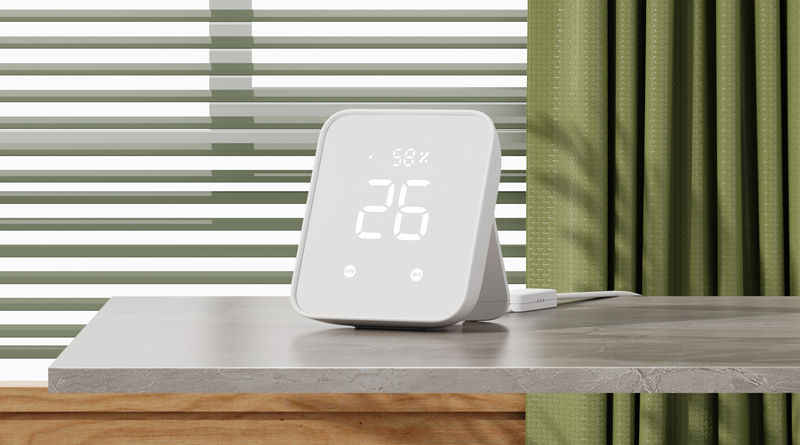
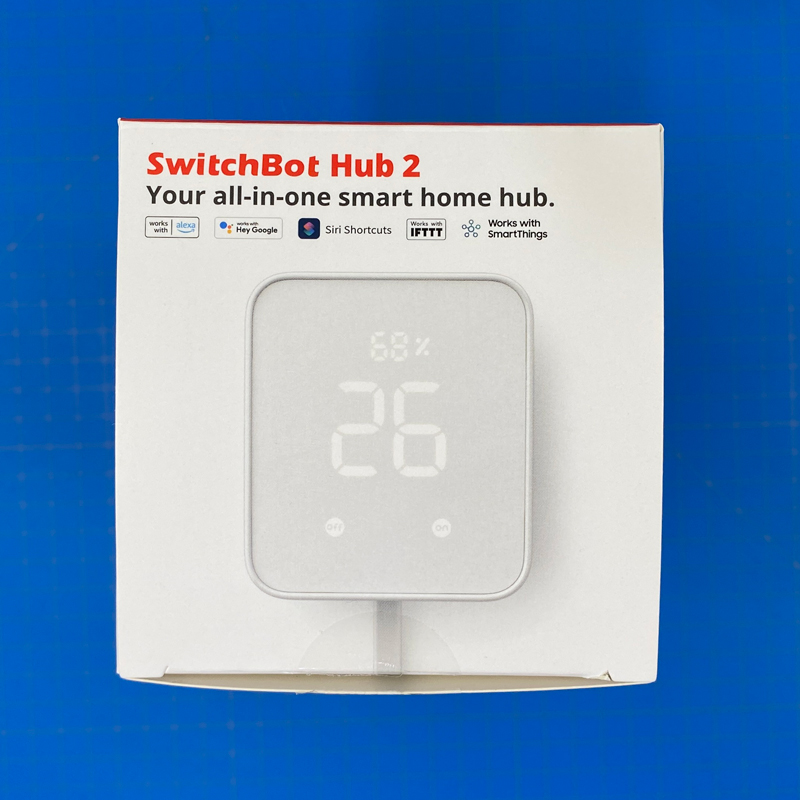
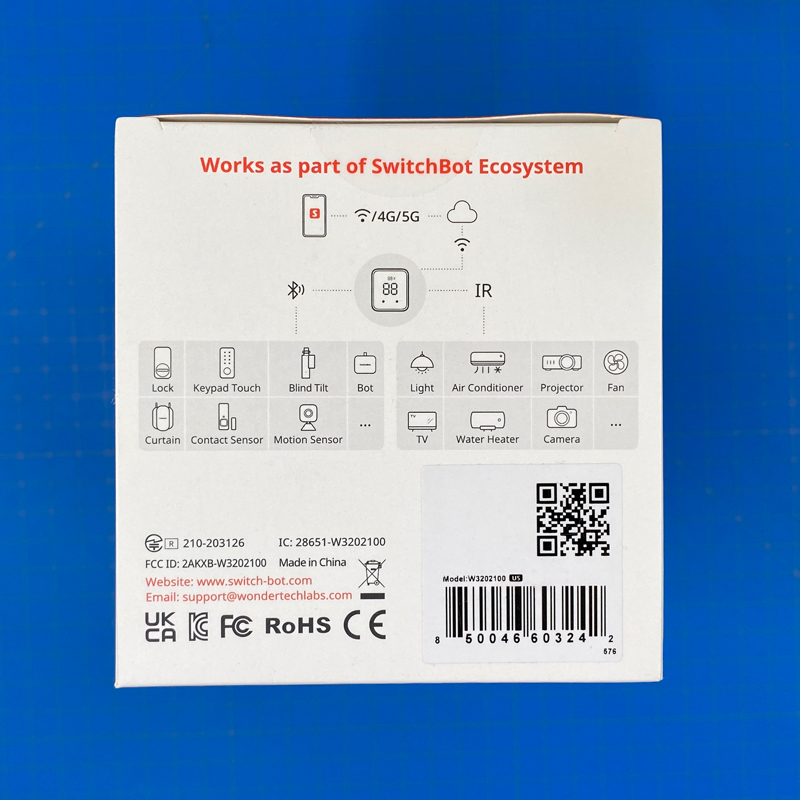
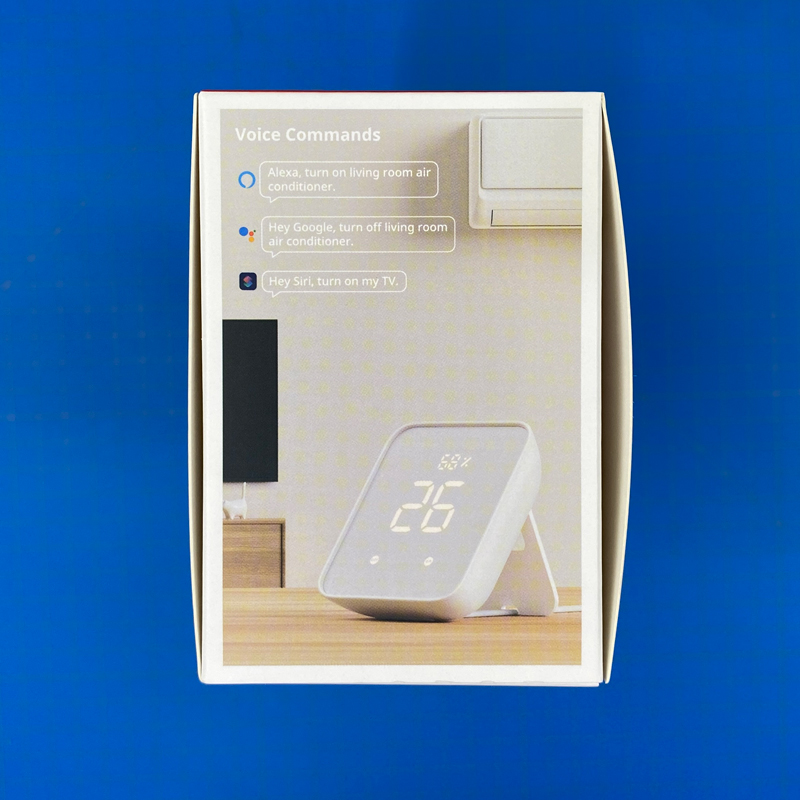
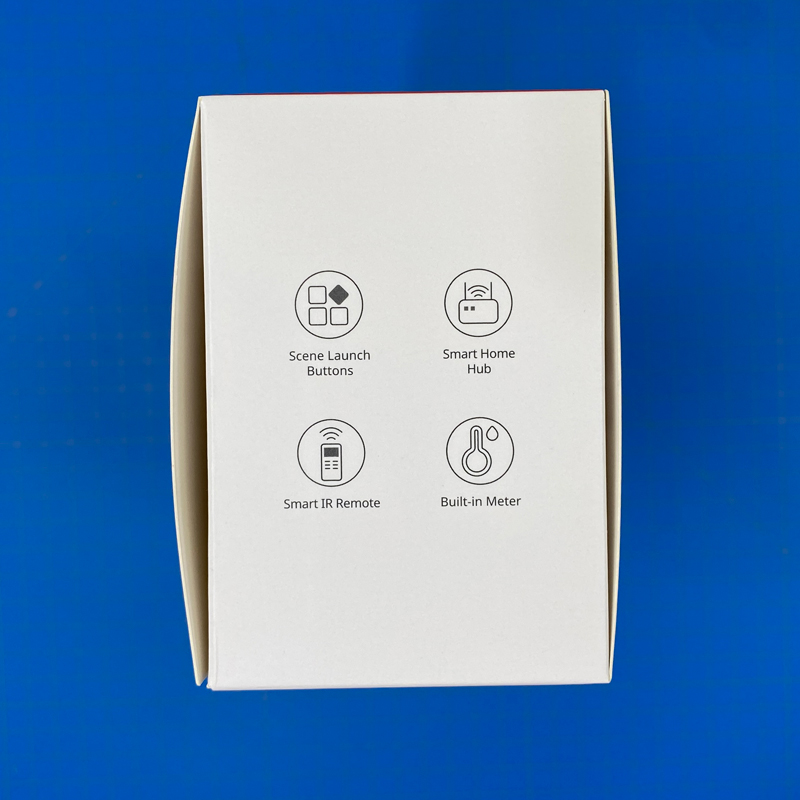

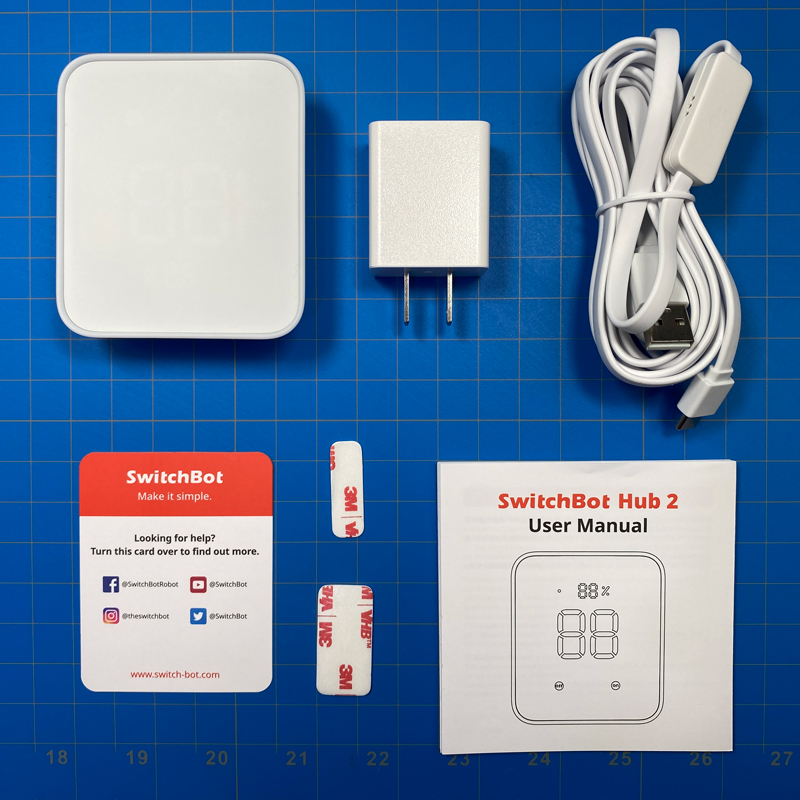
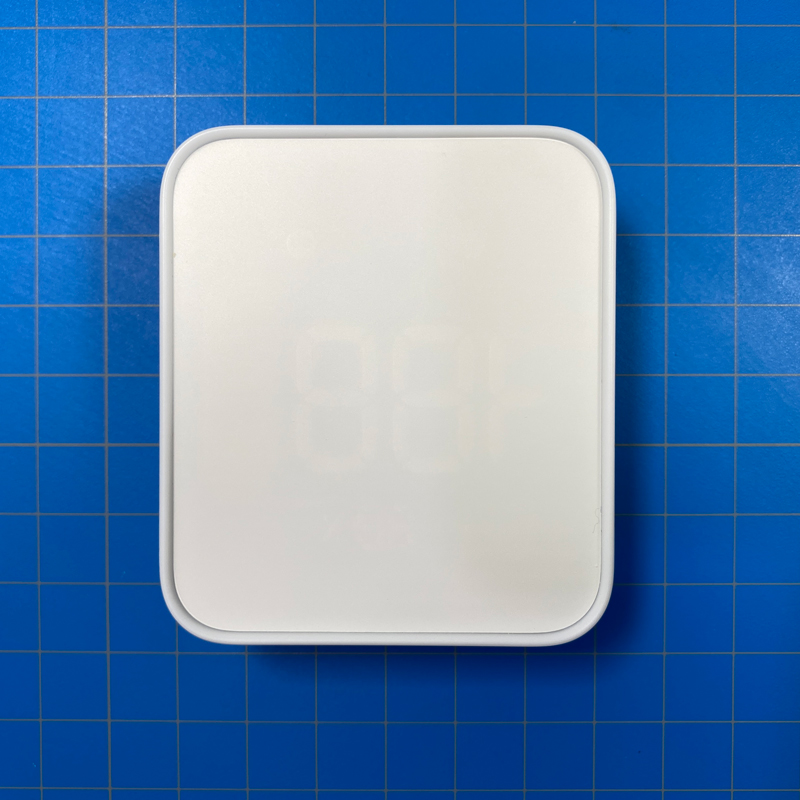

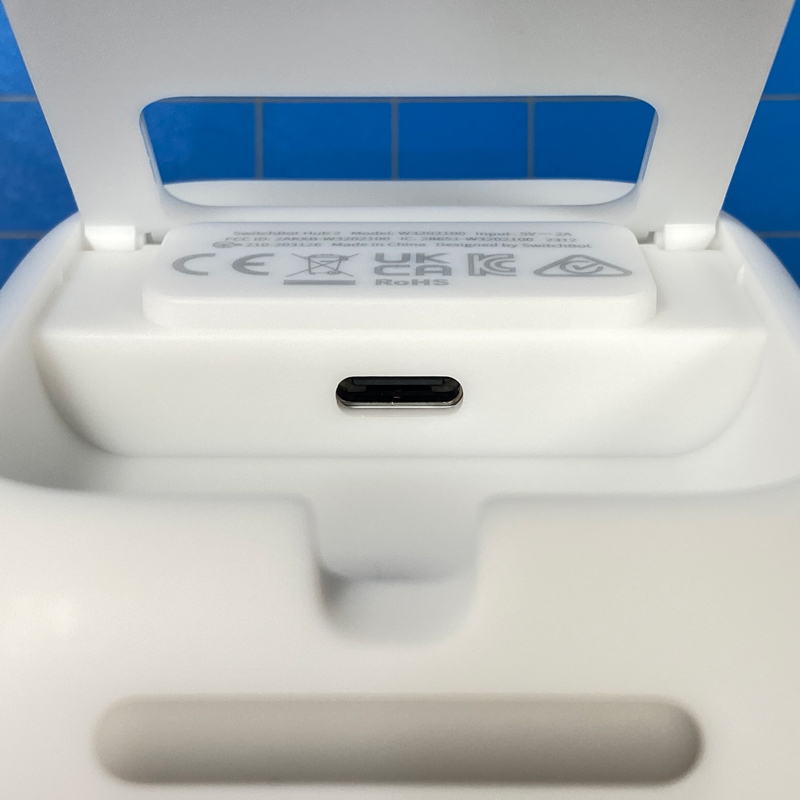
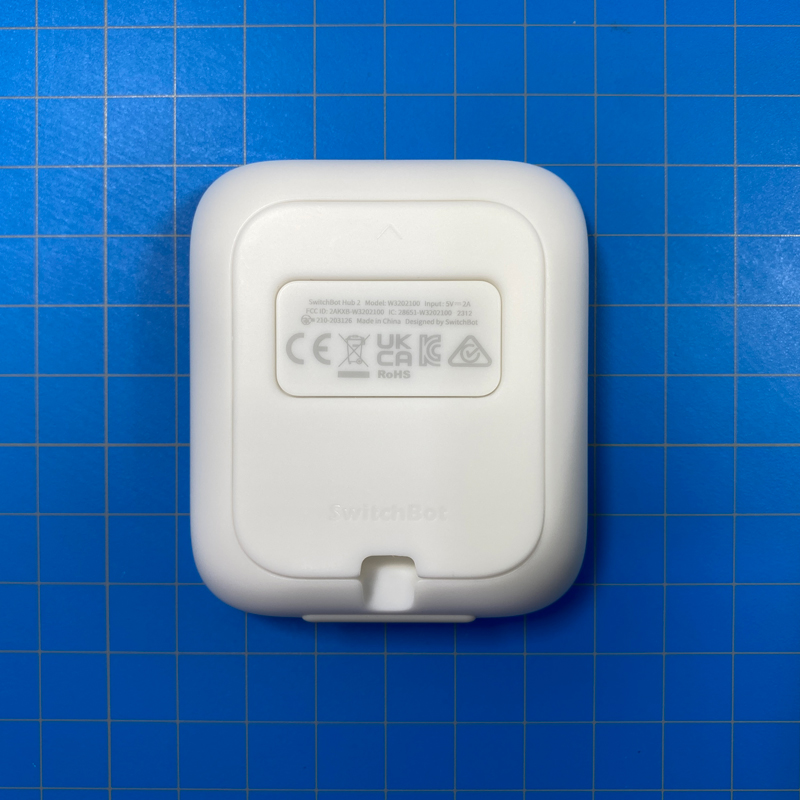

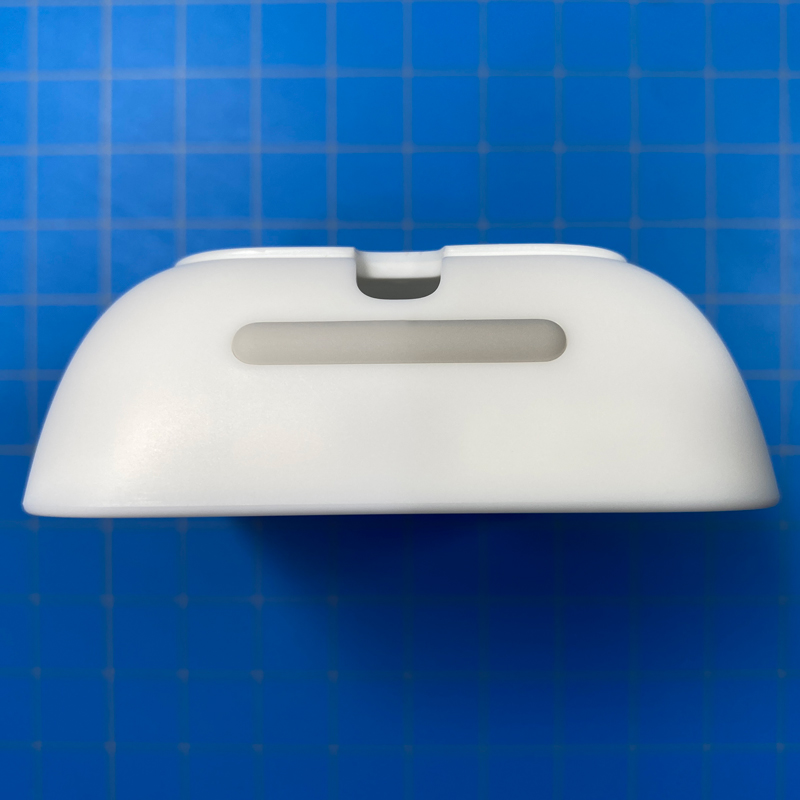
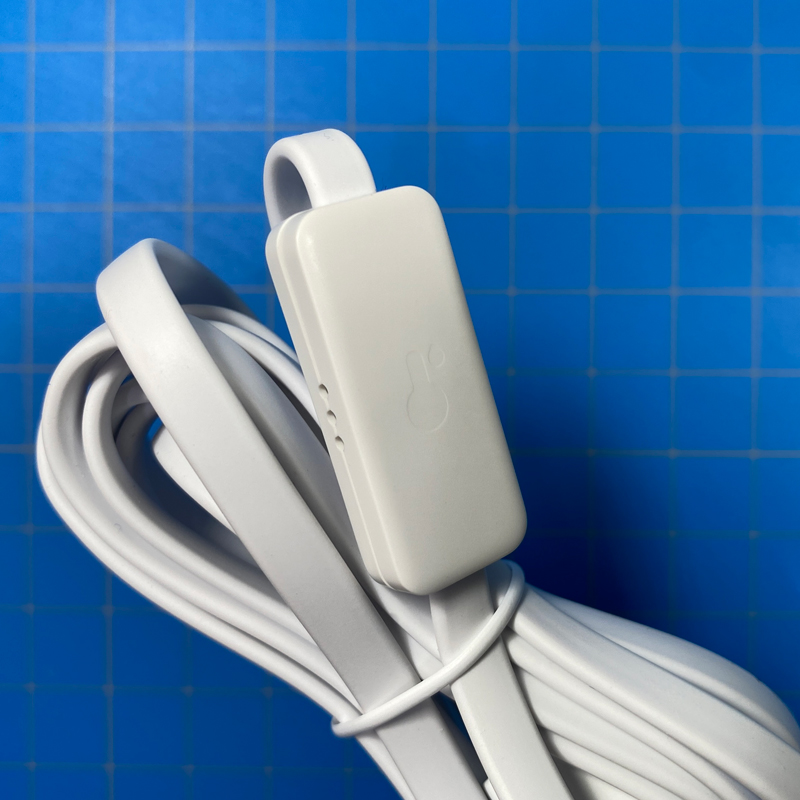
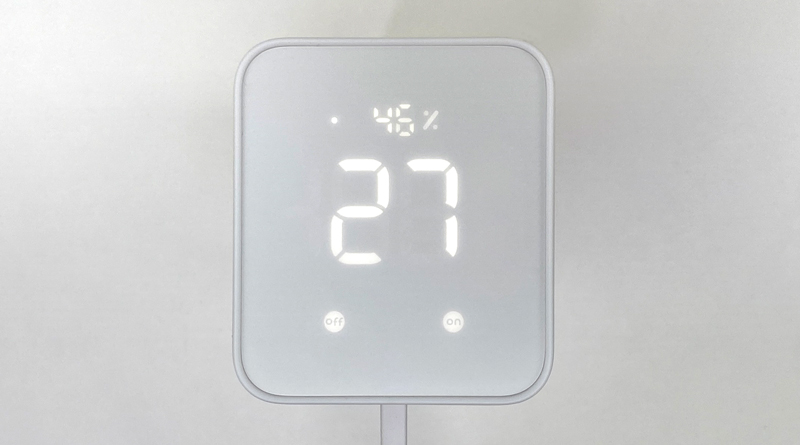
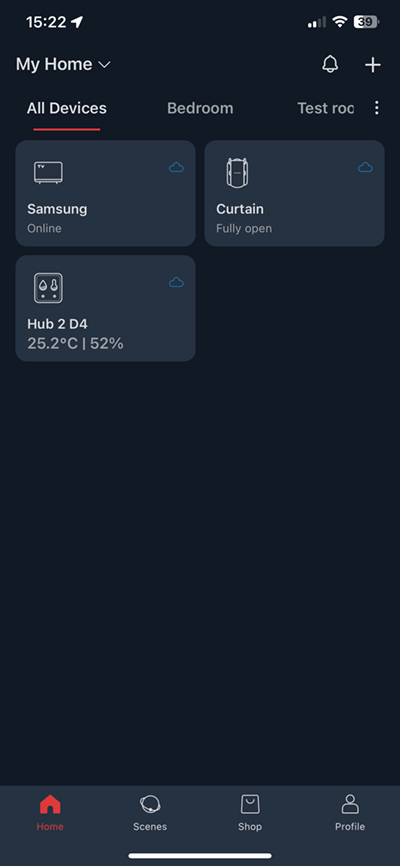
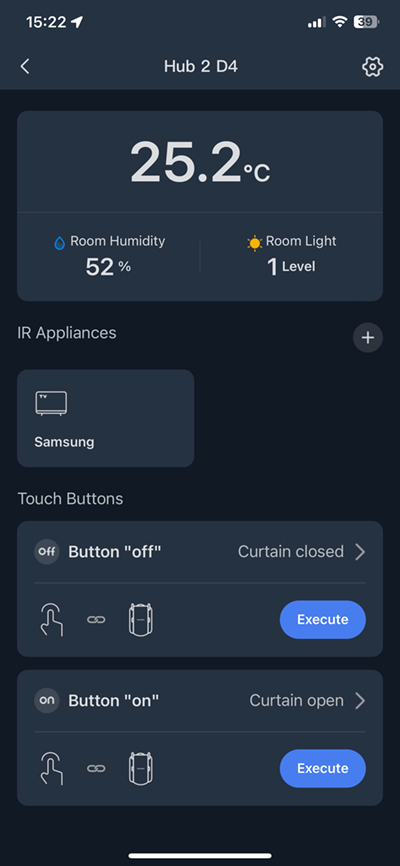
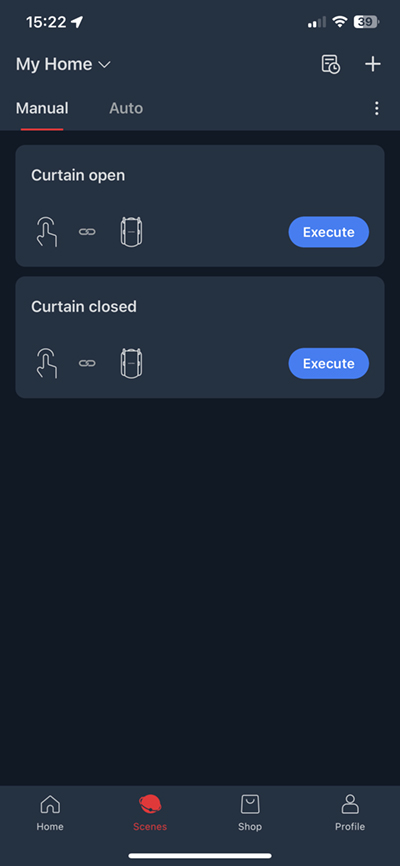
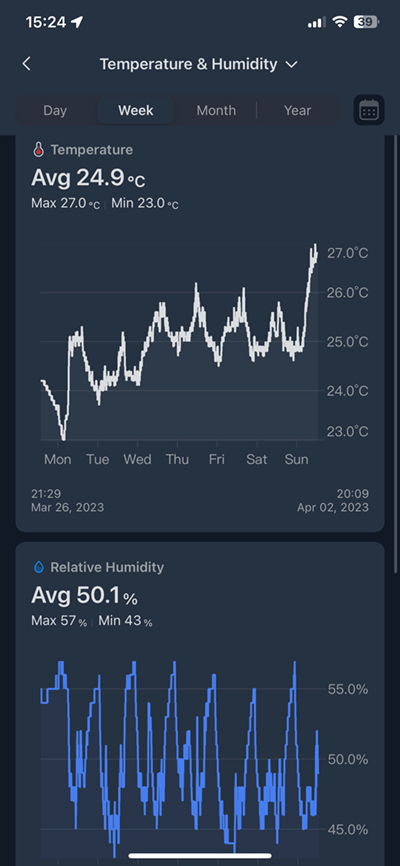
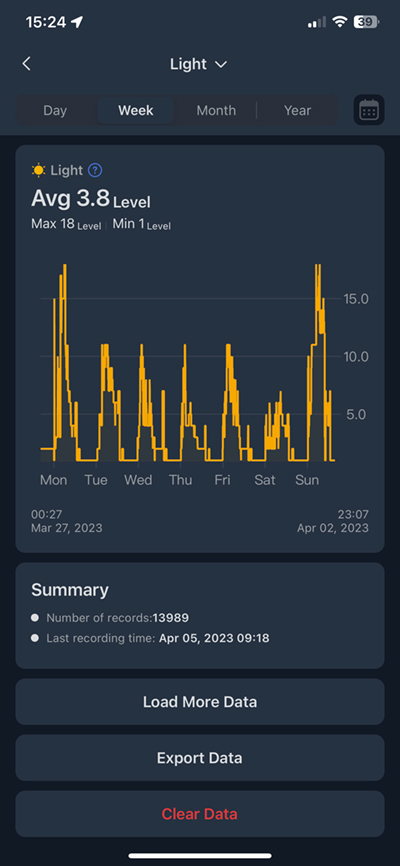
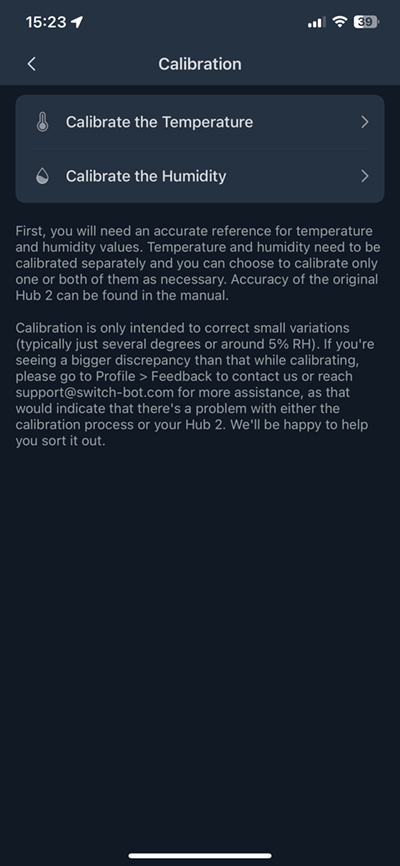
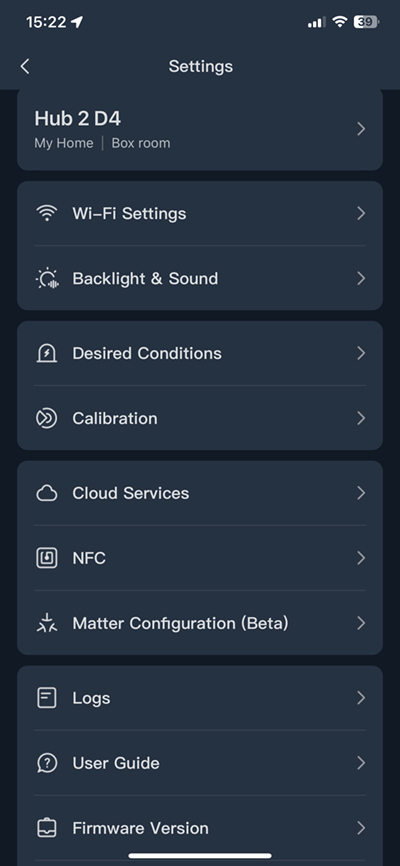
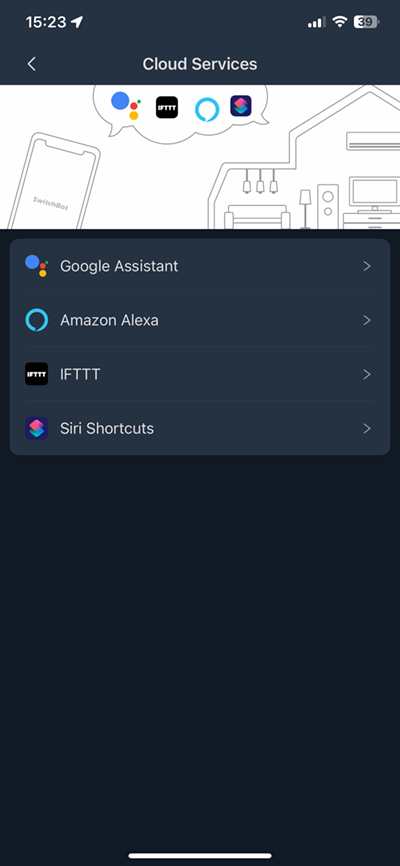
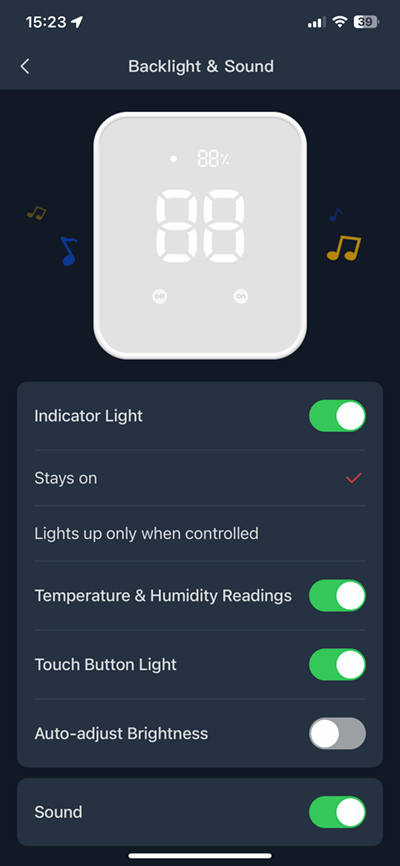

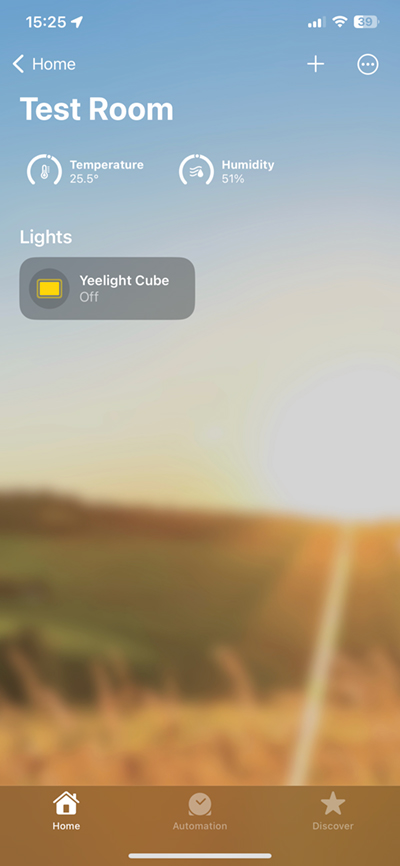
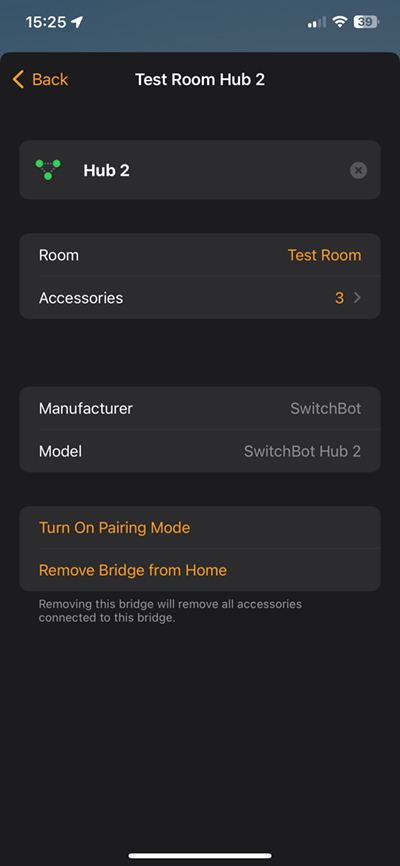
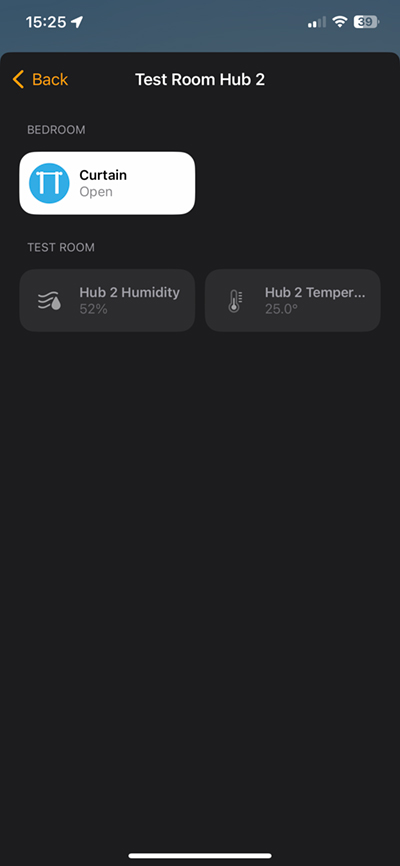
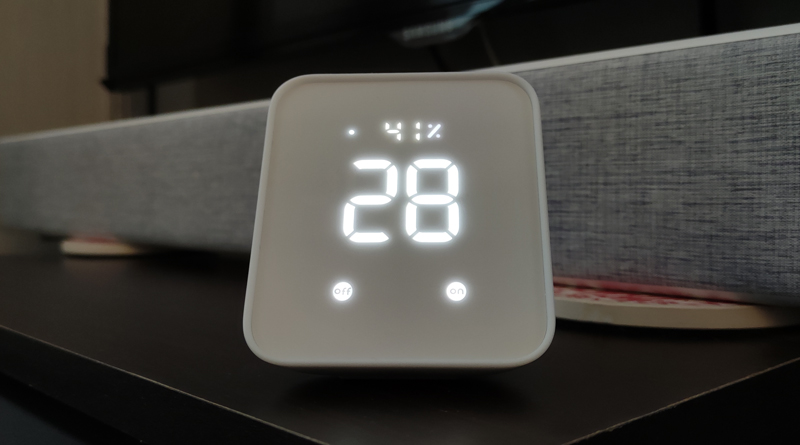
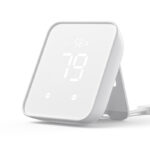
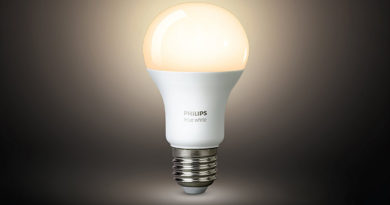
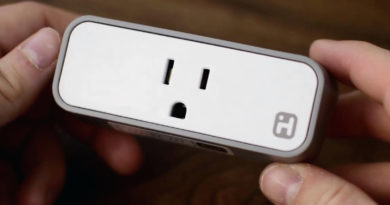
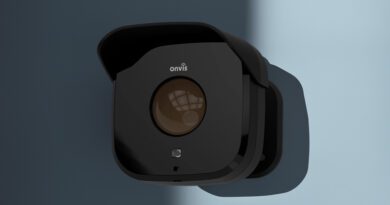
Very informative review, as always! I think I saw mentioned somewhere that the IR blaster is not exposed to HomeKit – that is, it can’t be a part of a HomeKit scene. Is that correct? Basically, it seems that while I’d be able to include the SwitchBot Tilt blinds in HomeKit scenes via this hub, I won’t be able to include turning on and off a dumb TV via HomeKit scenes?
That’s correct, IR devices like these are not exposed to HomeKit, as is stated in the fourth paragraph of the review;
” Whilst these devices can be controlled in the Switchbot app and to varying degrees via the other compatible platforms – including Siri Shortcuts, you won’t see them exposed to HomeKit.”